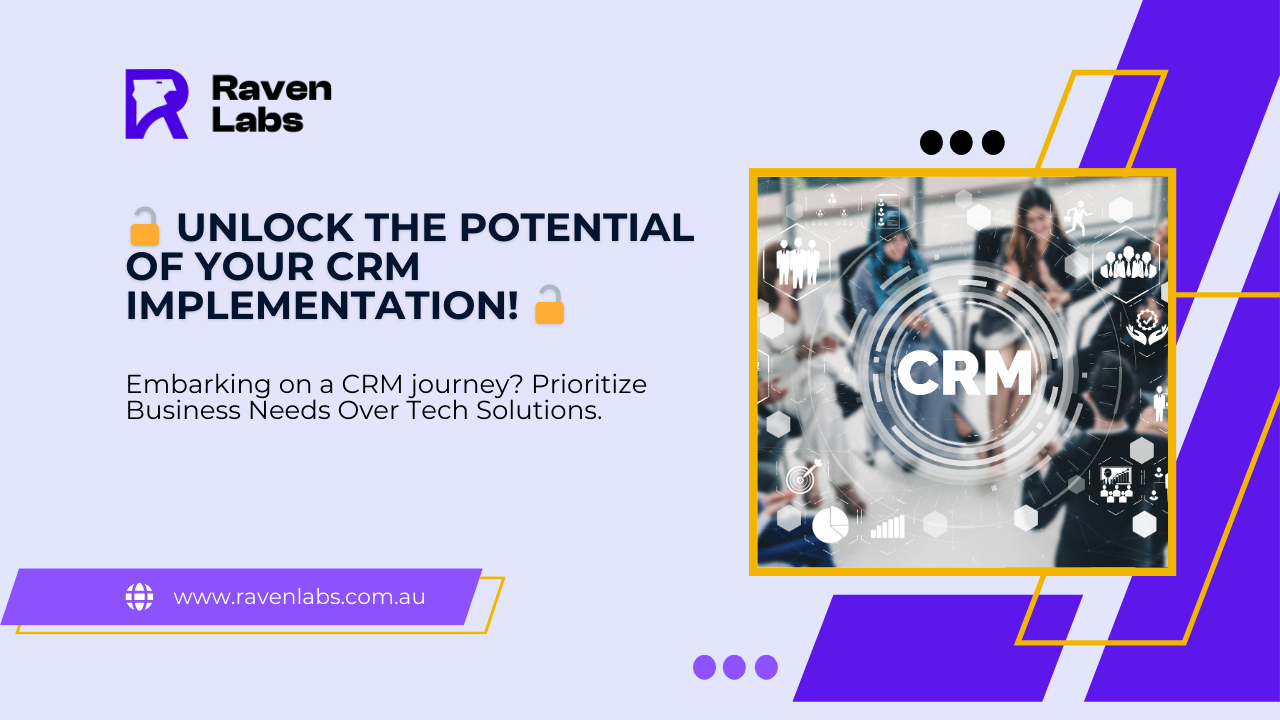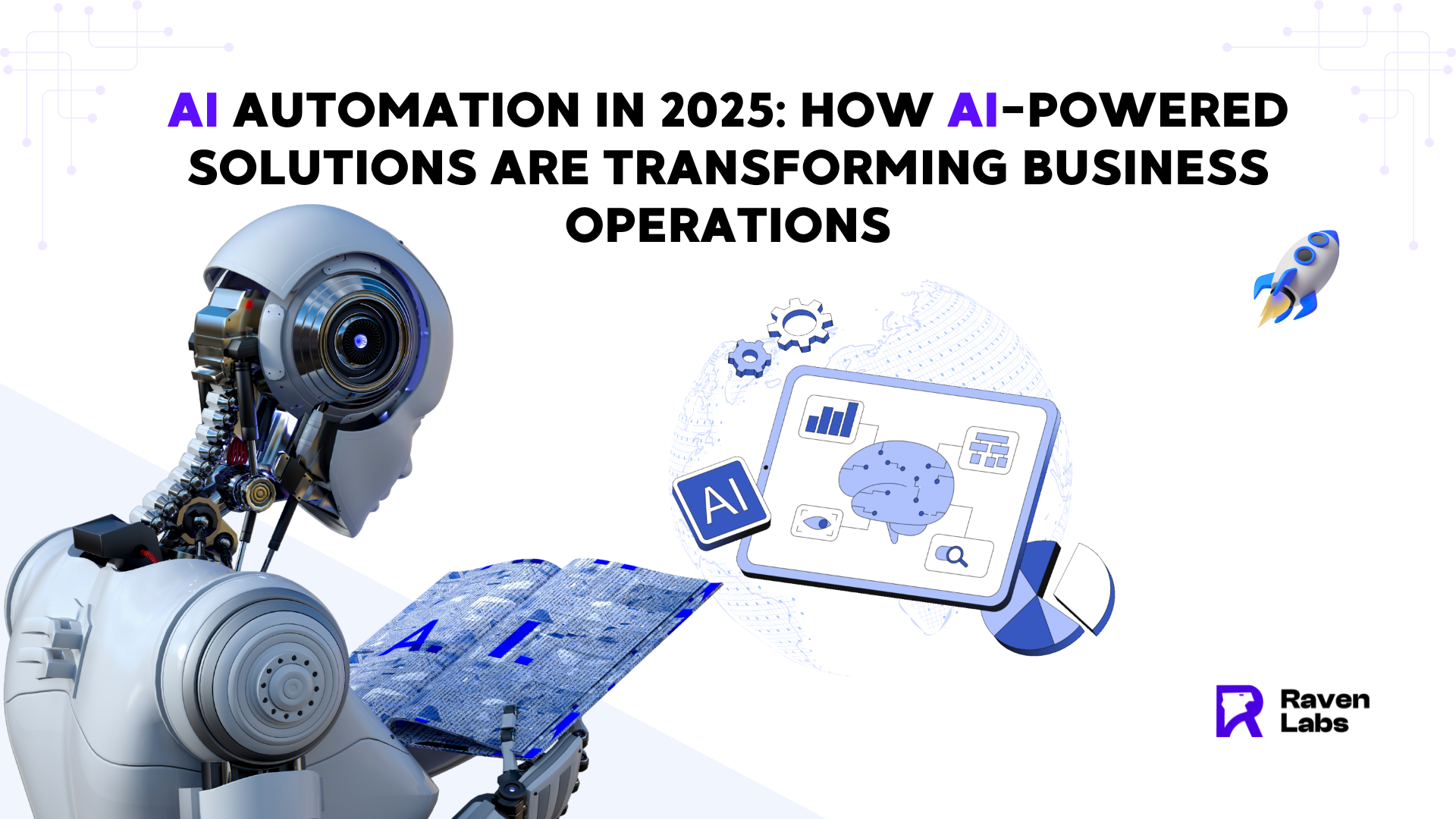Embarking on a CRM journey? Prioritize Business Needs Over Tech Solutions.
A Customer Relationship Management (CRM) system can revolutionize the way your organization operates, but a successful deployment requires a strategic approach. Here are key strategies to ensure your CRM implementation flourishes:
Define Business Needs
Before diving into the technical details, it’s crucial to understand and document the specific issues your CRM system will address. This might include improving customer service, streamlining sales processes, or enhancing data management. By pinpointing these needs, you can tailor the CRM solution to meet your organization’s unique requirements.
Steps to Define Business Needs:
- Conduct a Needs Assessment: Identify pain points within your current processes.
- Gather Input: Involve various departments to ensure comprehensive coverage of needs.
- Set Clear Objectives: Define measurable goals that the CRM system should achieve.
Future-Proof Your Setup
Consider how the CRM will evolve with your organization. A future-proof setup ensures that the system can adapt to changing workflows and team dynamics, providing long-term value.
Strategies for Future-Proofing:
- Scalability: Choose a CRM that can grow with your business.
- Flexibility: Ensure the system can be customized as needed.
- Stay Updated: Keep the software updated to leverage new features and improvements.
Embrace Change
Transitioning to a new CRM system can be challenging for your team. Equip them for success by addressing their concerns and providing the necessary training and support.
Embracing Change Tips:
- Training Programs: Develop comprehensive training sessions for all users.
- Open Communication: Maintain clear and continuous communication about the benefits and changes.
- Support Systems: Establish helpdesks or support teams to assist with the transition.
Seamless Integrations
A CRM system should integrate smoothly with your existing tools and platforms. This ensures a cohesive workflow and maximizes the efficiency of your operations.
Ensuring Seamless Integrations:
- Compatibility Check: Verify that the CRM supports integration with your current systems.
- Data Synchronization: Ensure real-time data updates across all integrated systems.
- API Availability: Leverage APIs for custom integrations where needed.
Project Governance
Effective project governance is vital to keep your CRM implementation on track and within budget. This involves careful planning, monitoring, and control throughout the deployment process.
Governance Best Practices:
- Project Plan: Develop a detailed project plan with clear milestones.
- Regular Reviews: Conduct regular progress reviews and adjust plans as necessary.
- Budget Management: Monitor expenses and ensure they align with the budget.
ROI Clarity
Clearly articulate the tangible returns you expect from your CRM investment. This helps in justifying the investment and aligning expectations across the organization.
Achieving ROI Clarity:
- Define Metrics: Identify key performance indicators (KPIs) to measure success.
- Track Performance: Regularly track and report on these KPIs.
- Adjust Strategies: Refine your approach based on performance data to optimize ROI.
Continuous Improvement
CRM implementation is not a one-time event but an ongoing process. Continuously monitor outcomes and refine strategies to maximize the benefits of your CRM system.
Continuous Improvement Techniques:
- Feedback Loops: Establish mechanisms for continuous user feedback.
- Performance Analytics: Utilize CRM analytics to gain insights into performance.
- Iterative Enhancements: Regularly update and improve the CRM system based on feedback and analytics.
Gain Support from All Stakeholders
A successful CRM implementation hinges on gaining support from all stakeholders. Aligning technology with business objectives, rather than the reverse, ensures that the CRM system effectively supports your organizational goals.
Stakeholder Engagement:
- Inclusive Planning: Involve stakeholders in the planning and decision-making process.
- Clear Communication: Clearly communicate the benefits and changes to all stakeholders.
- Advocacy Groups: Create groups of advocates within the organization to champion the CRM initiative.
By prioritizing business needs over technical solutions and following these key strategies, you can unlock the full potential of your CRM implementation and drive significant improvements in your organization’s performance.
Contact Us
– Website: [Raven Labs](https://ravenlabs.com.au)
– Email: info@ravenlabs.com.au
– Phone: +61 432 913 392
#CRM #BusinessStrategy #Technology #DigitalTransformation #BusinessSuccess




